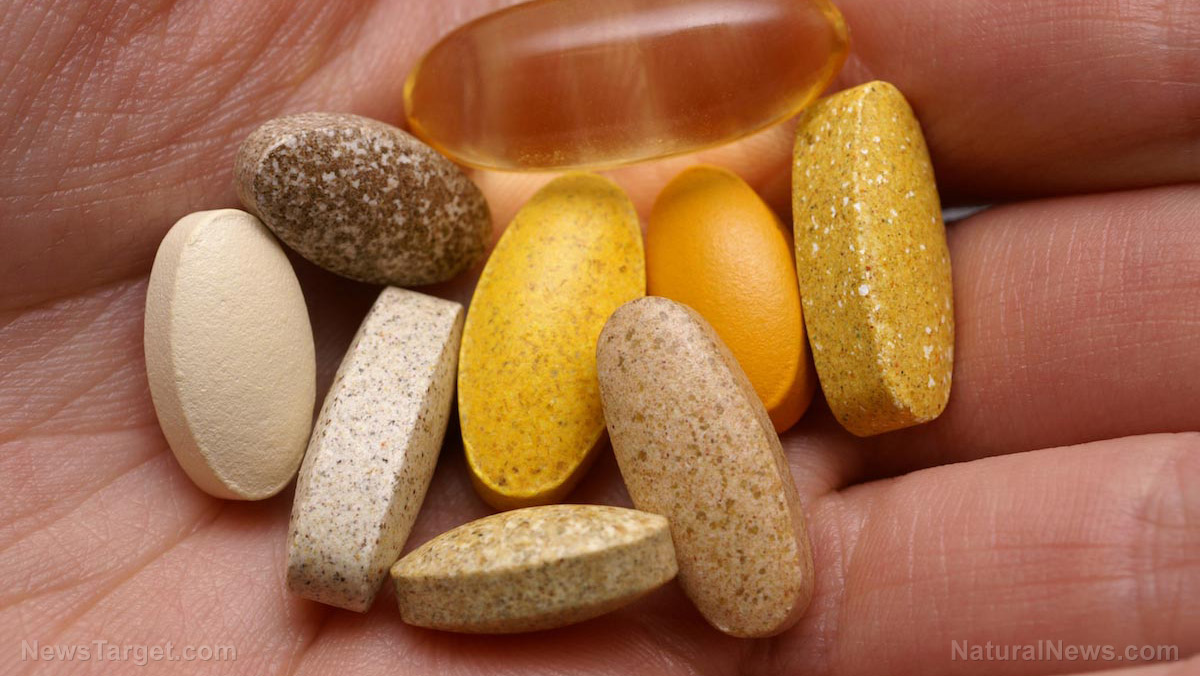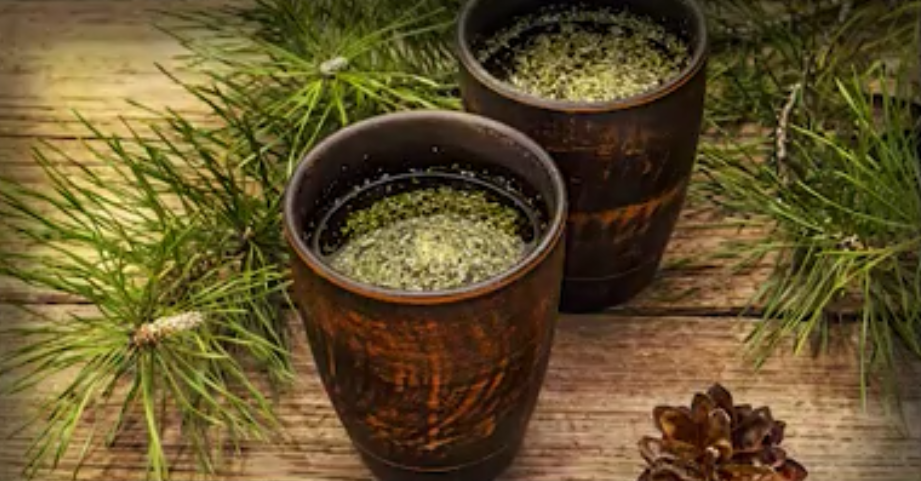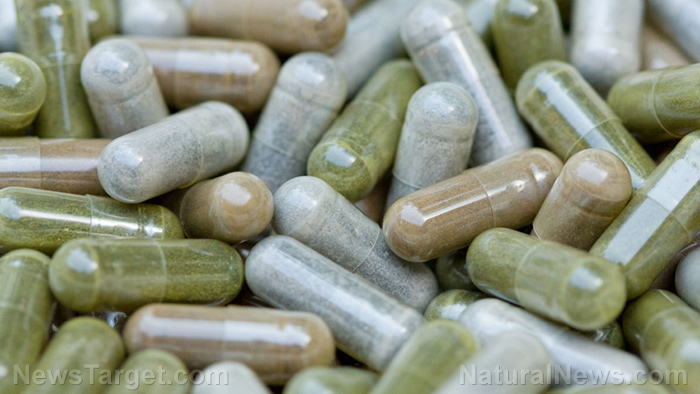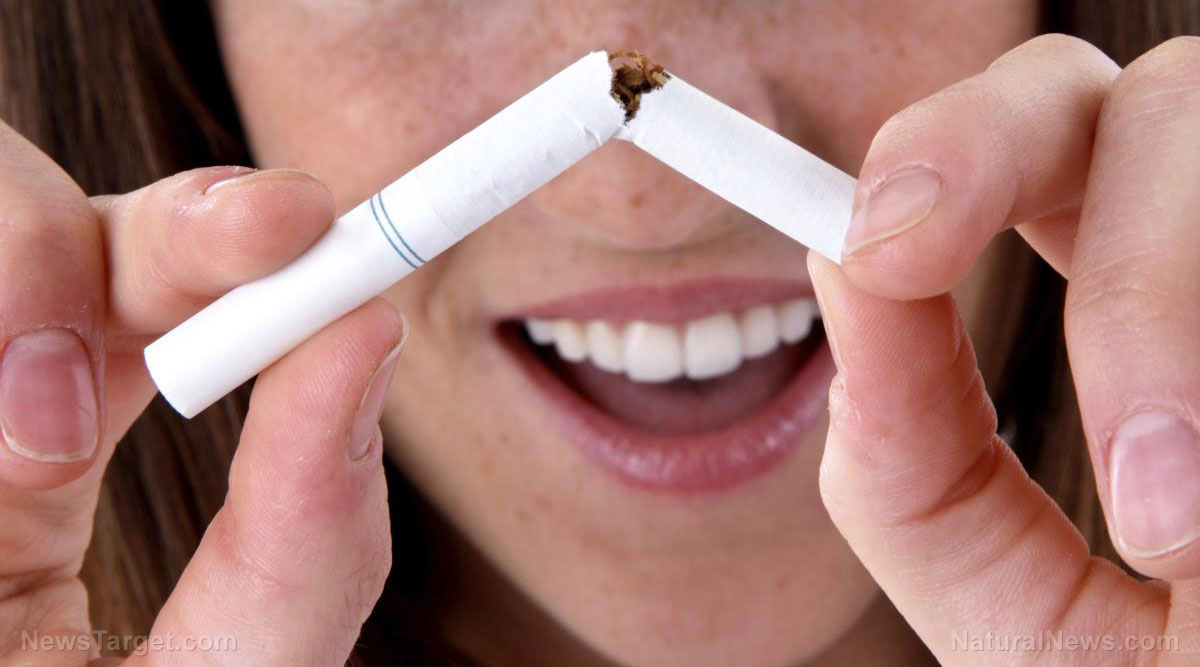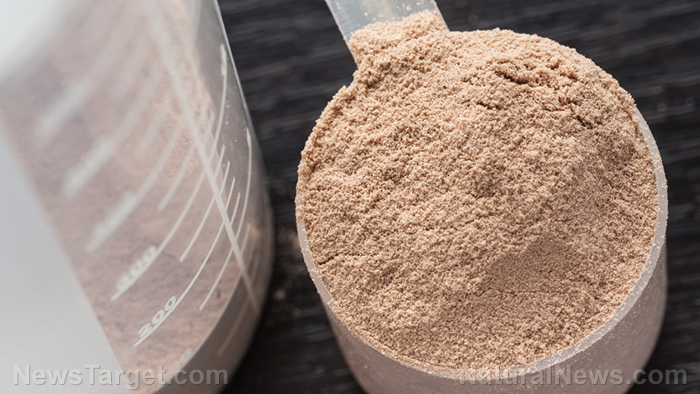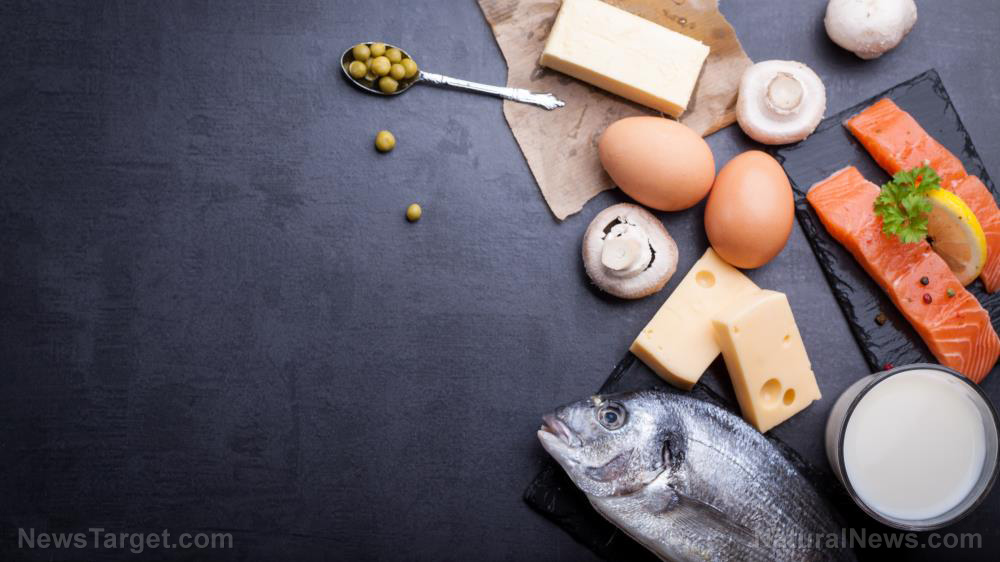Scientists identify link between gut bacteria, muscle growth and function
10/01/2020 / By Virgilio Marin
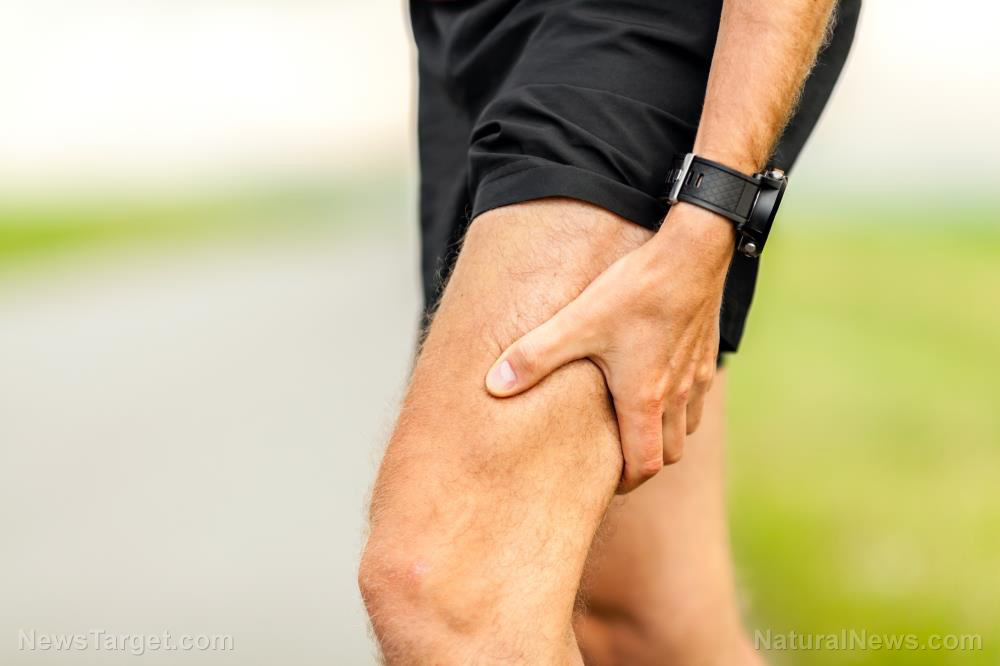
Gut bacteria may play a role in muscle growth and formation, says a recent study. This is great news for those with skeletal muscle loss, especially since the findings say that changing the microbial composition may help with the condition.
An international team of researchers conducted a series of experiments on mice to examine the link between the skeletal muscle and the gut microbiome – the trillions of live microorganisms that populate the gut. They found that mice with gut microbes had stronger skeletal muscles than germ-free mice. In addition, they identified genes and signaling pathways that may be linked to the gut microbiome. These genes and pathways play a role in regulating skeletal muscle mass and function.
“These results further strengthen the growing evidence of gut microbes acting as crucial gatekeepers to human health,” said Sven Pettersson, a biologist at Nanyang Technological University in Singapore and a co-author of the report.
The study opens new doors for the treatment of age-related muscle loss, he added. After the age of 30, adults lose as much as three to five percent of muscle mass per decade. In turn, less muscle mass predisposes a person to falls and bone fractures.
“[These results] provide new insight into muscle mass maintenance with respect to aging,” added Petterssen.
The study was published in the journal Science Translational Medicine.
Link between gut microbiome and skeletal muscle
For the study, the researchers conducted three sets of strength and movement exercises on mice with and without gut microbes. The tests included lifting weights and running on a small treadmill.
The mice with gut microbes performed better on the tests, indicating stronger skeletal muscles that produce greater amounts of energy. In contrast, the germ-free mice displayed reduced muscle mass and increased expression of genes linked to muscle atrophy. They also exhibited problems related to muscle function and the generation of new mitochondria – cell organelles that help produce energy for cellular activity by breaking down nutrients.
In addition, the researchers found that the germ-free mice had lower levels of the proteins rapsyn and LRP4, which are crucial for the assembly and function of a neuromuscular juncture. This is a chemical structure that facilitates communication between a motor nerve cell and a skeletal muscle fiber. When the two interact, they cause a muscle to contract, which is important for movement, posture and joint stability.
The researchers conducted further tests, this time taking microbial samples from the mice with gut bacteria and transplanting them to the germ-free mice. They observed that muscle growth and function were partially restored while markers of muscle atrophy were reduced. They also found increased expression of the genes encoding for rapsyn and LRP4.
The team is optimistic that their findings will lead to novel ways of maintaining skeletal muscle mass and function. This will primarily entail modulating the microbial composition of the gut, they said.
“Such strategies are expected to have broad applications in tackling muscle-related health issues,” said Pettersson. “One area with enormous potential is to delay or reverse age-related sarcopenia.” (Related: Supplementing with fish oil can boost the benefits of resistance training for patients with sarcopenia.)
Gut microbiome affects muscle strength
Another study, published in the journal Experimental Gerontology, found that the gut microbiome may affect muscle strength.
Researchers compared the gut bacterial profiles of fit and physically active adults to those of adults who do not engage in exercise and have a less ideal body composition. The physically active group had higher levels of Prevotellaceae, Prevotella, Barnesiella, and Barnesiella intestinihominis, which are potentially good bacteria.
In a separate experiment, the team injected mice with gut microbes from the two groups. Mice that received samples from the physically active group displayed increased grip strength compared to the other group of mice.
The researchers concluded that identifying key differences among people’s bacterial profiles may further illuminate the role of the gut microbiome. In turn, medical experts can come up with measures to promote healthy aging.
AgingSecrets.news has more on the treatment of sarcopenia.
Sources include:
Submit a correction >>
Tagged Under:
aging, anti-aging, bone fractures, disease treatments, diseases of the old, gut bacteria, gut microbiome, muscle function, muscle growth, muscle loss, muscle strength, prevention, sarcopenia, skeletal muscle
This article may contain statements that reflect the opinion of the author
RECENT NEWS & ARTICLES
COPYRIGHT © 2017 SUPPLEMENTS REPORT




